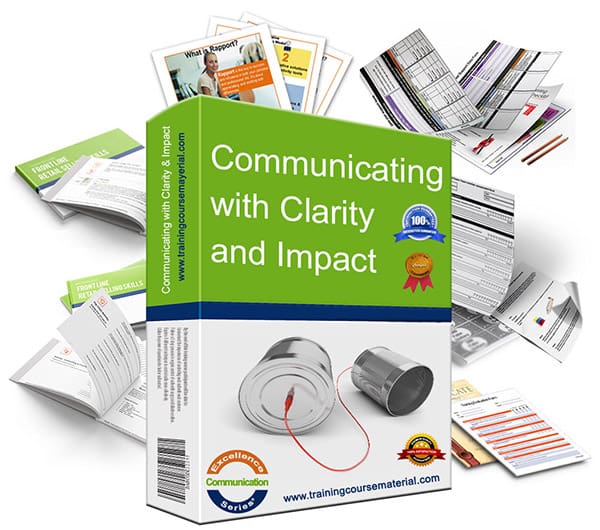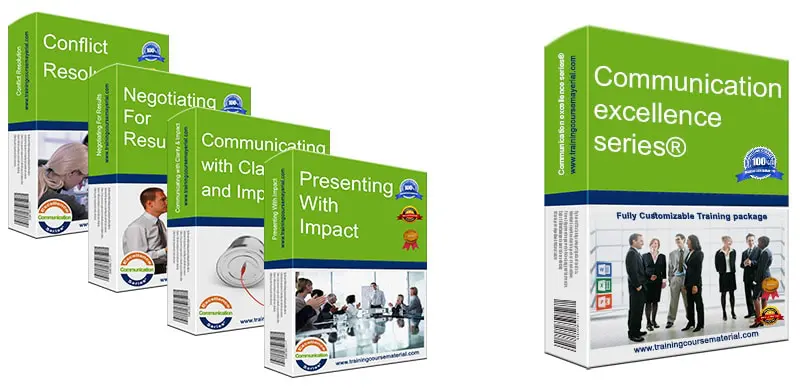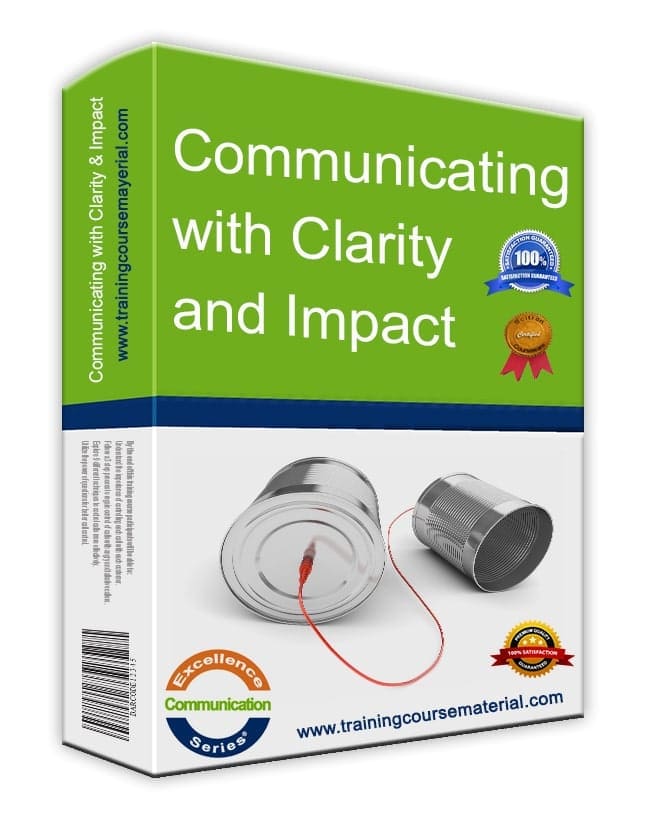Anyone Can Look but Seeing Requires Skill
When you are delivering a talk to a group of people, they look at you and they also expect you to look back at them - at least in some general way. Speakers look at their audiences in diverse ways; from an occasional glance, to attempts at some form of eye contact. Most speakers look. Few speakers see. Seeing your audience requires skill.
The most common way of just looking at a group of people is to scan. Your eyes may dart from face to face or slowly sweep the room without stopping anywhere. People who scan are usually unaware of what they do with their eyes. Scanning is an unconscious habit. What we need to replace it with is a conscious skill.
Scanning can cause you Problems
Here are 5 things that happen when you scan.
• You become over-stimulated by a flood of images.
• Your state of nervousness increases.
• You find it harder to think clearly.
• You speak faster without intending to do so.
• You may use non-words such as ‘um’, ‘uh’, and fillers like ‘O.K’.
The faster the eyes scan, the more extraneous information the brain receives.The information coming in gets in the way of the information you are sending out. For a moment, you give your brain too much to do.
Controlling Your Visual Attention
Where you place your attention has a profound effect on what your experience of any event will be. For the purposes of this section we will be dealing with the valuable contribution that controlling your eye movement can make to the quality of your experience of presenting. If you are scanning the room and trying to look at every face in a large audience whilst looking to the ceiling, floor or walls for your thoughts, you are probably feeling overwhelmed. This is why it is vital to take control over the amount of information that your eyes are sending to your brain.
By the way you move your eyes, you can usefully limit or control both the amount and type of information your eyes gather.
No matter how large or how small your audience is, talk to one person at a time. Keep one person in focus until you finish a thought. This usually takes about five seconds, then move your focus to another person.
One thought to one person allows you to think with less distraction. It’s as if there was only one person in the room with you. Use one of the following two techniques:
1- Lighthouse Technique
Sweep the audience with your eyes, staying only 2-3 seconds on each person – unless in dialogue.
This will give each participant the impression that you are speaking to him/her personally and ensure attention, in the same way as the lighthouse keeps you awake by its regular sweeping flash of light.
Above all, avoid looking at one (friendly looking) member of the audience or at a fixed (non-threatening) point on the wall or floor.
2- Eye-Brain Control technique
Process:
• Before speaking, establish eye contact with one person.
• Complete one thought with that person.
• Pause briefly and take a breath while making eye contact with another person.
• Complete one thought with that person. Repeat this process throughout your presentation.
Benefits
• You control your nervousness.
• You make particular contact with individuals in the audience.
• You think more clearly.
• Your rate of speech stays under control.
• You use fewer non-words and perhaps, none at all.
and you will avoid
• Scanning the room.
• Looking to the ceiling, floor or walls for you thoughts.
• Trying to look at every face in a large audience.
For more presentation skills, check out our "Presenting With Impact" instant download training package.













































































